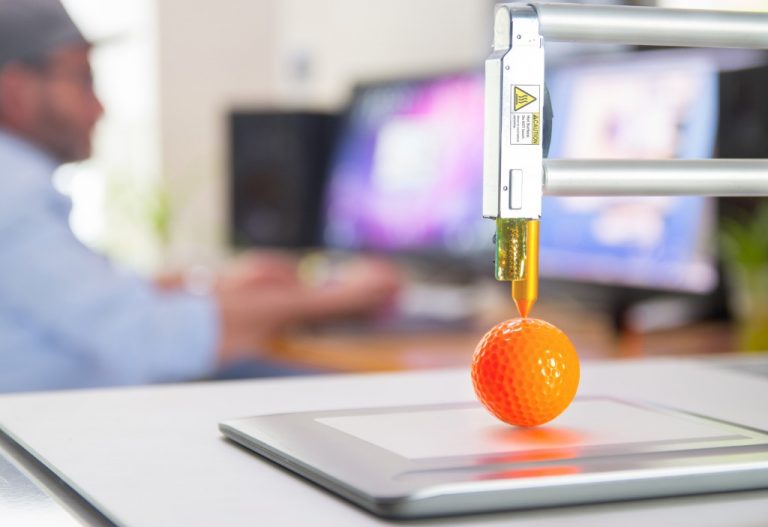Over the years, 3D technology has contributed to a lot of advancements in the art world. When it comes to entertainment media, 3D technology has improved the way audiences perceive images and further immerse them in the craft. In visual arts, 3D printing has paved the way for complexity, imagination, and intricacy, and 3D scanning has given designers more convenient means to measure spaces and produce scale models.
3D in photos and films
The history of 3D traces back to the 1840s when a technology called the “Stereoscope” took 3D photographs. As this photograph of the queen at the time garnered attention and popularity, 3D technology evolved, accommodating other media of art. In 1915, a camera called the “Kinematascope” allowed filming 3D movies, with “Power of Love” being the first in 1922.
Since then, countless 3D movies have been produced, often by large franchises. Two cameras take sequences from the left side and the right side to mimic how the eyes process images. For the eyes to process these images as one, 3D technology uses colors or polarized light and the help of special glasses. As a result, the 3D experience stimulates the audience as if they are part of the movie, giving them an elevated level of entertainment.
3D Printing in sculptures and production design

is the process of creating a new object with the use of specific materials or additives. These objects have rendered from a digital file.
Because of the versatility of this technology and how it is somehow limitless, artists—among many people—utilize its potential to create art. Finally, with the help of 3D printing, intricate shapes and close-to-impossible ideas can be turned to reality. From miniature sculptures to large, grotesque installations, artists have created wonders by using 3D printing to set their imaginations into fruition.
3D printing is also beneficial in production design as artists print their scale models before bringing it to life. As opposed to sketches and blueprints, a 3D scale model will help in visualization as well as revision. With the help of 3D printing, production designers would not need to break the arts-and-crafts table to express their vision.
3D scanning in interior design
For designers who don’t want to go through the process of making scale models, 3D scanning makes it drastically more comfortable to create digital models and ideation. 3D scanning companies provide devices that use light to detect measurements of distance and angles on objects and spaces. These data produce a digital copy of the object, so it becomes easier to manipulate and visualize.
In interior design, this is beneficial because measurements are already scaled, and they can test out furniture and tweak the room without causing damage. 3D scanning is especially crucial when handling room with fragile objects as touching anything goes to a minimum.
The contribution of 3D to art is immense.
Not only has 3D technology made life easier for creatives, but it has also allowed them to expand their horizons and think outside of the box. Innovation will only improve from here.

